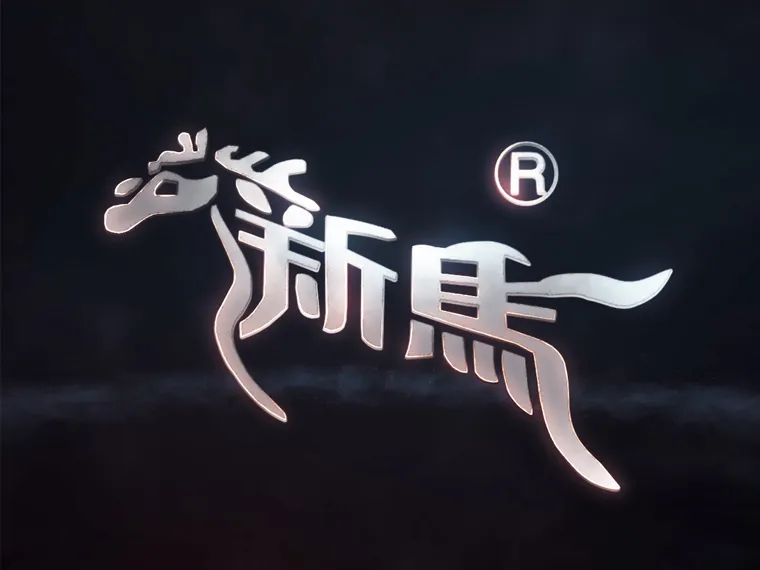Grinding ball separation equipment plays a critical role in various industrial processes where the separation and classification of grinding media are essential for operational efficiency and equipment longevity. In industries such as mining, cement production, and metallurgy, the proper separation of grinding balls from the mill discharge is crucial for maintaining optimal mill performance, preventing equipment wear, and ensuring product quality. This comprehensive article provides an in-depth analysis of the different types of grinding ball separation equipment available in the market, exploring their mechanisms, applications, advantages, and considerations.
Importance of Grinding Ball Separation
The separation of grinding media from the mill discharge is essential to prevent the recirculation of oversized grinding balls, which can lead to inefficient grinding, increased energy consumption, and accelerated wear on mill liners and other equipment components. Effective grinding ball separation ensures that only properly sized grinding media are returned to the mill for further comminution, improving overall grinding efficiency and product quality.
Types of Grinding Ball Separation Equipment
-
Magnetic Separators:
Magnetic separators are widely used in industries such as mining, mineral processing, and recycling for the separation of ferromagnetic materials, including grinding balls. These separators utilize powerful magnets to attract and remove ferrous particles from the slurry, effectively separating grinding media from the ore or other materials in the mill discharge. Magnetic separators come in various configurations, including drum, pulley, and overband separators, offering versatility in installation and operational requirements.
Advantages of Magnetic Separators:
- Efficient removal of ferrous materials, including grinding balls
- Low maintenance requirements
- High degree of automation and integration into existing processes
- Minimal risk of downtime or operational disruptions
Applications of Magnetic Separators:
- Mining and mineral processing
- Cement production
- Scrap metal recycling
-
Vibratory Screens:
Vibratory screens, also known as vibrating screens, are versatile equipment commonly used for the separation and classification of particles based on size, shape, and density. In the context of grinding ball separation, vibratory screens can efficiently separate grinding media from the discharge slurry by leveraging the differences in particle characteristics. Multiple decks and screening surfaces allow for precise separation and classification of grinding balls, ensuring the efficiency of downstream processing operations.
Advantages of Vibratory Screens:
- High throughput capacity and screening efficiency
- Flexibility for varying production requirements
- Enhanced accuracy in particle separation and classification
- Adaptability to diverse materials and particle sizes
Applications of Vibratory Screens:
- Ore processing and beneficiation
- Ceramic industry
- Chemical processing and pharmaceuticals
-
Centrifugal Separators:
Centrifugal separators operate on the principle of centrifugal force to separate particles based on their density, size, and other specific properties. In the context of grinding ball separation, centrifugal separators efficiently segregate grinding media from the slurry by subjecting the mixture to high centrifugal forces. This results in the effective separation of grinding balls from the discharge stream, facilitating their recycling or appropriate disposal.
Advantages of Centrifugal Separators:
- Continuous operation and high separation efficiency
- Compact and space-saving design for easy integration into existing processes
- Versatility in handling various types of materials and slurry compositions
- Reduced maintenance requirements and operational costs
Applications of Centrifugal Separators:
- Mineral processing and beneficiation plants
- Cement manufacturing facilities
- Power generation and wastewater treatment plants
Considerations for Selecting Grinding Ball Separation Equipment
When choosing grinding ball separation equipment for a specific application, several factors should be considered to ensure optimal performance and efficiency. These factors include the throughput capacity, particle size distribution of the grinding media, slurry characteristics, space constraints, maintenance requirements, and overall process compatibility. It is essential to conduct a comprehensive assessment of these factors to select the most suitable separation equipment that meets the specific operational needs and objectives.
Effective grinding ball separation is a fundamental process in industries where comminution plays a significant role in production. The proper separation and classification of grinding media not only enhance mill performance and product quality but also contribute to the longevity of equipment and overall operational efficiency. Magnetic separators, vibratory screens, and centrifugal separators are key equipment options available in the market, each offering unique advantages and applications for diverse industrial processes.
In conclusion, the selection of grinding ball separation equipment should be based on a thorough understanding of the technology, operational requirements, and process considerations. By utilizing the appropriate separation equipment, industries can optimize their grinding processes, reduce operational costs, and improve overall productivity. The continuous advancement and innovation in grinding ball separation technologies offer promising solutions for enhancing efficiency and sustainability in industrial operations.

